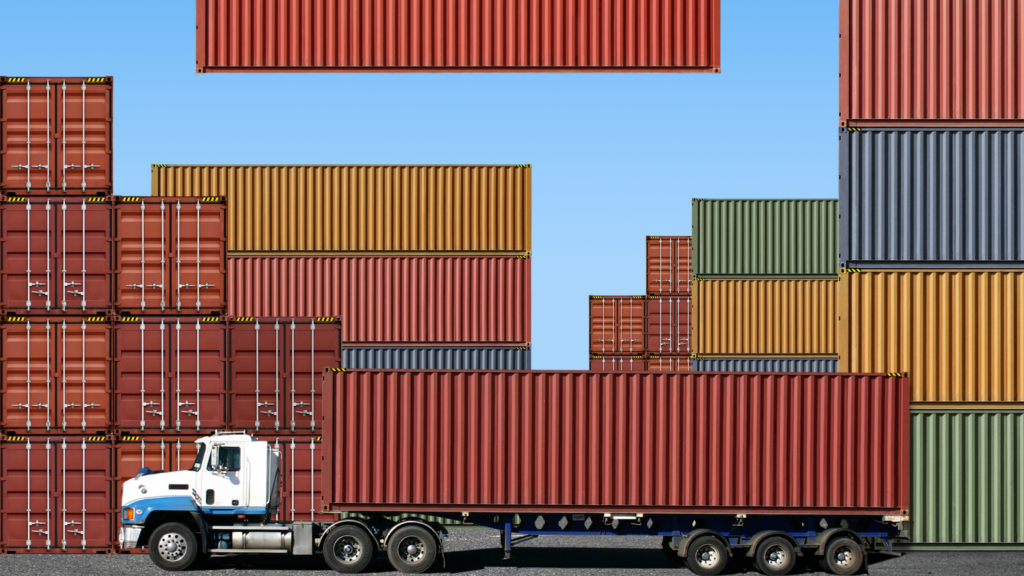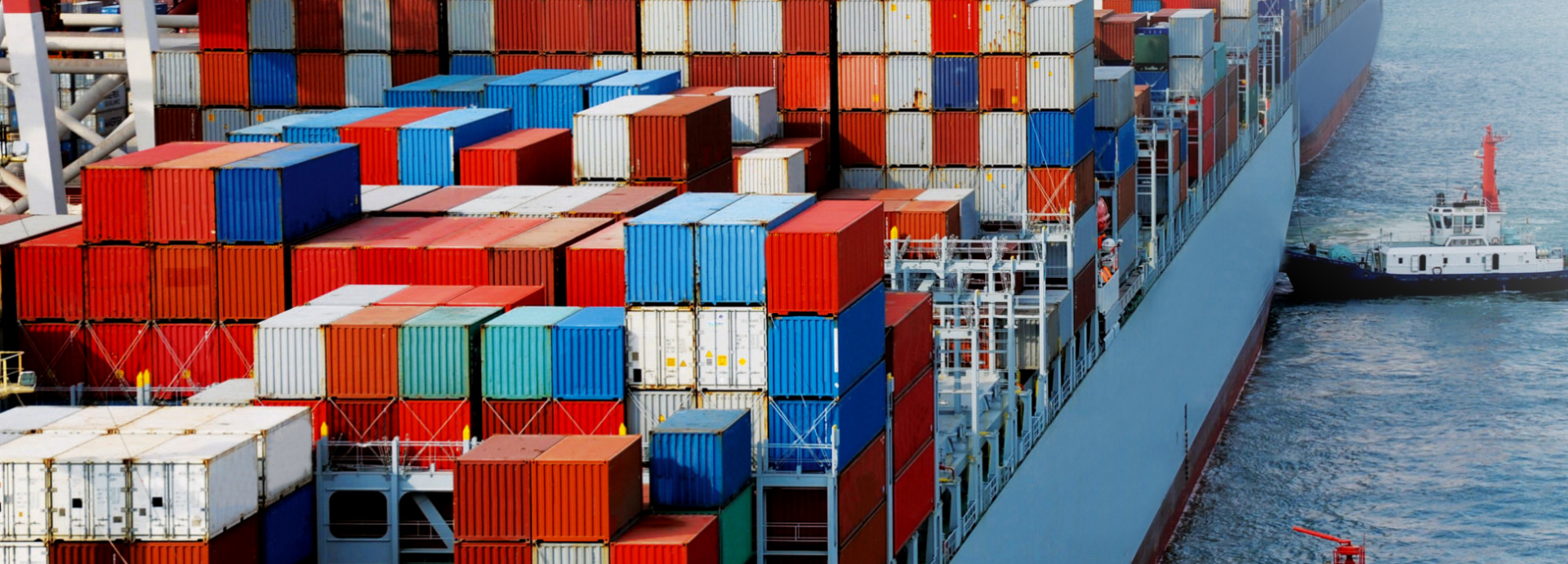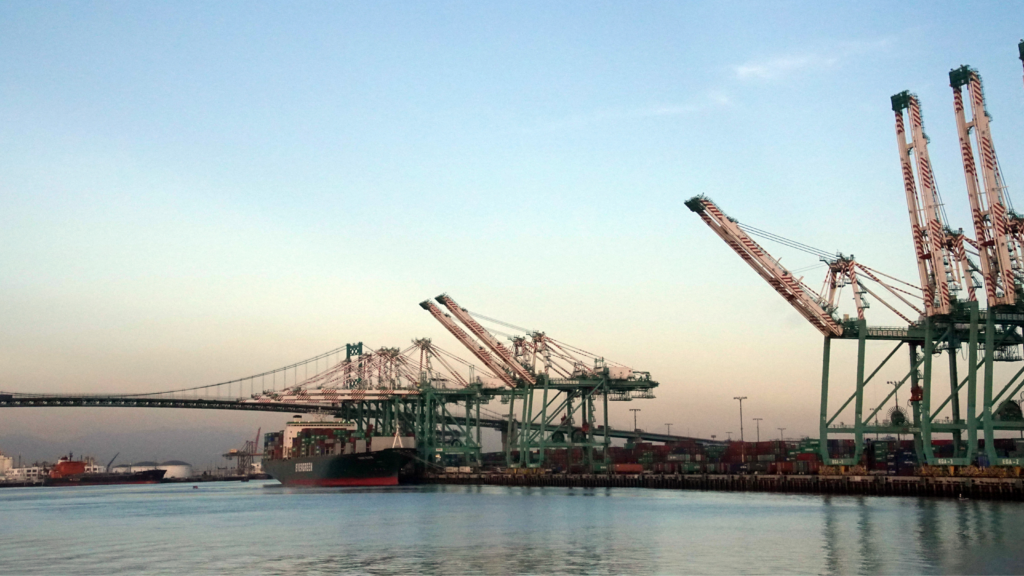Square One Again?
Ships packed with holiday gifts are starting to flood America's ports, including in Los Angeles. But 35,000 containers are clogging the docks, waiting for trains to transport cargo across the country. On an average day, there are usually 9000 containers designated for rail.
Over the last 3 years, railroads have lost 20% of their employees. While railroad companies are scrambling to hire new employees to move the cargo inland, the shortage of truck drivers are causing the warehouses to stay full, leaving no space for the rail cargo to be offloaded. It’s a ripple effect because if cargo isn’t moving properly inland, there will be major buildups at the ports.
And to spice it all up, dockworkers have been working without a contract for over a month and railroad workers have been in negotiations for 2 years. The whitehouse has become more involved on both counts to help avoid strikes.
If nothing is done, there will be ships waiting in the queue to dock again within 4-6 weeks.
Source: CBS News

Port of New York and New Jersey sets container fee, mandatory export levels
New fee expected to go into effect in September
Ahead of the expected busy peak season, the Port of New York and New Jersey will implement a container fee on any long-dwelling import or export containers. The goal of the tariff is to reduce an excess of empty containers dwelling at the port and free up space for container pickup. It includes both loaded and empty containers.
The quarterly container imbalance fee, announced Tuesday morning, will be effective as of September, pending a mandatory 30-day federal notice.
“The Port of New York and New Jersey are facing record import volumes, leading to empty containers accumulating in and around the port complex that are now affecting the regional supply chain that is already under stress from various sources across the country,” said Port Director Bethann Rooney. “We emphatically encourage ocean carriers to step up their efforts to evacuate empty containers quicker and at higher volumes to free up much-needed capacity for arriving imports in order to keep commerce moving through the port and the region.”
In addition to the tariff, the port is setting mandatory container export levels.
Under the new rules, ocean carriers’ total outgoing container volume must equal or exceed 110% of their incoming container volume during the same period. If they fail to achieve this, the ocean carriers will be charged $100 per container of imbalance. Rail volume is not included.
Container processing has increased by around 12% year to date at the port. The volume of containers has exceeded pre-pandemic levels by 34%. To keep up with the surge in empty containers and long-dwelling import containers, a 12-acre lot is being used. The East Coast’s largest port has been a port of choice for logistics managers who are circumventing the West Coast. Approximately 6.5% of the total April-June volume was rerouted from the West Coast. As a result, delays from China to the port are building, and Rooney wants to get the long-dwelling containers out to avoid additional delays.
American Shipper was told the port is implementing the tariff in September to get ahead of the holiday items expected to come in during peak season. At present, according to the CNBC Supply Chain Heat Map, while there is a buildup of vessels waiting to get into the port, the average time in processing imports is still smooth.
Full details on the tariff and what is considered “excess dwell” were posted on the port’s website.
Port officials tell American Shipper that the fee will be reassessed once the container crisis eases. A review by the agency’s board of commissioners is needed no later than September 2023.
Source: Freight Waves
Resilient yet Worried
The last two years have been extremely tough on the supply chain industries. However, everyone has seemingly become really resilient. Like that time a bit ago when China decided to go back into lockdown, doomsayers predicted major negative impacts on peak season. Except, there hasn’t really been any such disruption, especially on container prices and leasing rates.
So now that US House Speaker Nancy Pelosi visited Taiwan because of their increasing tensions with China, freight forwarders and shippers are concerned about the geopolitical risks that will knock as peak shipping season begins.
Nearly half the world's container ships passed through the narrow Taiwan Strait which separates the island from the Chinese mainland in the first seven months of this year, according to data compiled by Bloomberg.
“The global supply chain is interconnected and all the major stretches like Taiwan Strait are nerve centers of these value chains. And if any one stretch is blocked, the undercurrents are felt across the system. Especially at a time when the industry is busy shipping cargo for the peak season, the impact will be reverberated across. What will decide the degree of impact is the tenure of this disruption.” said Christian Roeloffs, co-founder and CEO, Container xChange, a technology marketplace and operating platform for container logistic companies.
And while some are worried about what this means for shippers, others believe that if there’s a will, there’s a way.
“The immediate impact will be rerouting of the vessels through the eastern side of the island which will add a few days in the voyage of the containerised cargo”, according to information shared by a customer of Container xChange with business in Taiwan.
Source: AJOT



